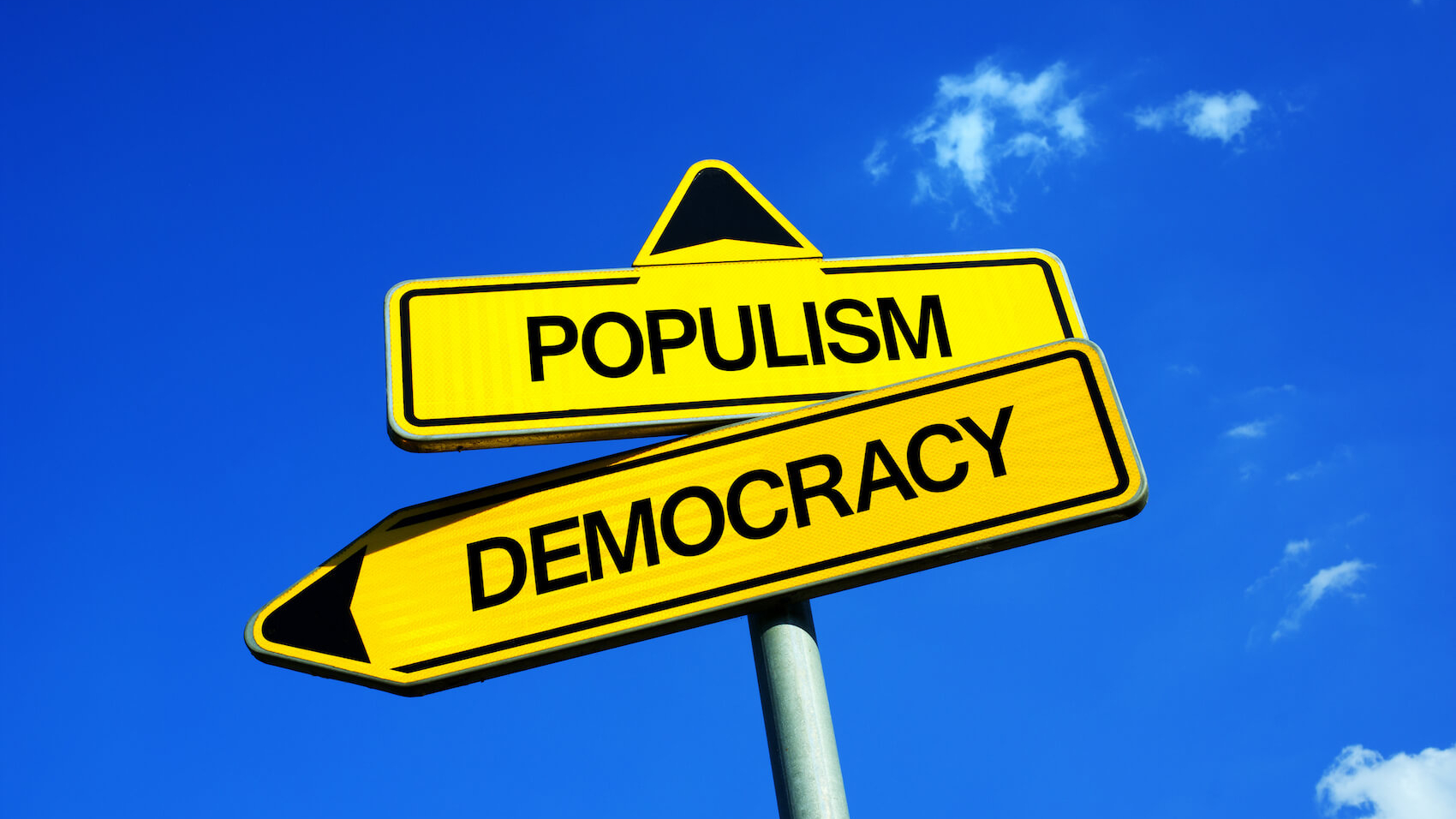
Title: From Healers to Alarmists? Restoring the Physician’s Voice in the Age of Social Media
By: Diana Londoño, MD
Over time, physicians have served as healers, educators, and trusted figures within their communities. They embodied tranquility during turmoil—offering guidance, comfort, and compassion while facing illness and uncertainty. Yet, in this era of instant communication and viral social media, a change has occurred. Too frequently, the physician’s online voice has transitioned from one of healing and instruction to one that promotes anxiety-ridden imperatives and fear-mongering messages: “Avoid this food.” “Never consume that drink.” “This one item leads to cancer.”
What has become of the healing?
As a urologist who strongly advocates for harnessing technology to broaden access to information, I have welcomed the truth that our office or surgical suite is no longer the exclusive place where we can make an impact. Podcasts, posts, and videos enable us to connect with thousands, if not millions. However, amid this digital growth, some physicians seem to have strayed from their fundamental role as soothing guides toward what many label as alarmists.
Let’s delve into how and why this happened, and explore ways to reclaim our essence.
The Rise of Digital Medicine’s Double-Edged Blade
With the surge of social media platforms like Instagram, TikTok, YouTube, and Twitter/X, a fresh opportunity has arisen: physicians could democratize medical knowledge, shape their professional personas, and foster trust with wider audiences. Yet, success on these platforms is frequently determined by content that is algorithm-friendly—fast, sensational, and emotionally charged.
Sadly, fear sells.
A post stating, “Doctors would never consume these five foods” is more likely to spark curiosity, engagement, and virality than a well-rounded, nuanced educational video. The platforms reward such content, prompting many creators to fulfill this demand.
The Dopamine Dilemma
It’s clear how we arrived here. Social media engages the brain’s reward mechanism. Each like, share, and comment provides a tiny dopamine boost—and over time, many people start pursuing this digital rush. For some, follower counts become stand-ins for professional value or societal validation. When fear-driven content propels those metrics, it continues to circulate.
But here’s the reality: no amount of followers will grant us a greater sense of wholeness, love, or fulfillment. Our value as physicians—and as individuals—was never intended to be quantified in likes. We hold significance not because of digital cheers, but because of what we contribute to the world: knowledge, compassion, and human connection.
From Alarms to Wisdom
It’s time to refocus and rethink our communication style. When we adopt fear-driven messaging of “don’t do this,” we tend to foster more confusion and helplessness than empowerment. Individuals feel stuck—overwhelmed by conflicting advice that provides no clear guidance. Instead of clarity, they leave with the notion, “Everything poses a risk. I’m unsure what’s safe now.”
Contrast that with what we provide at the bedside or in a clinic—a sympathetic listener, a clearer insight, and often most importantly, a reassuring presence. We say, “Here’s my recommendation.” “Let’s take this step together.” “This is a better choice, and here’s the reasoning.” These are not just words; they are pathways back to trust and healing.
We should embrace that same philosophy in our online communication: inform, don’t instill fear. Teach, don’t frighten.
Restoring Compassion in the Message
This reflects the difference between parenting through fear and parenting through guidance. Telling a child, “Don’t run, or you’ll fall,” emphasizes danger. The more empowering “Please walk slowly” conveys the same risk but provides a clearer, actionable path ahead.
Similarly, telling the public, “Avoid this at all costs!” grabs attention but incites fear. However, saying “Here’s a healthier choice and why it aligns with your goals” encourages understanding. That’s the message that resonates—not through pressure, but empowerment.
Reclaiming the Physician’s Purpose
So, what actions can we take collectively?
– Recognize the allure. Even well-meaning physicians can find themselves ensnared. Acknowledge when dopamine or ego drives our content creation instead of compassion.
– Emphasize clarity over fame. Sharing precise, balanced medical advice is more challenging and often less glamorous—but it’s immensely more beneficial in the long run.
– Concentrate on what to embrace—not just on what to evade. Promote healthy habits and elucidate the reasoning behind recommendations.
– Humanize your voice. Address your audience as you would a concerned patient in your examination room.
We must reconnect with our roots—not to forsake technology, but to utilize it with the intent that once characterized medicine: to heal, educate, and elevate.
There’s nothing inherently wrong with wanting to be heard. But let’s ensure that our words guide people out of the murky waters of uncertainty.